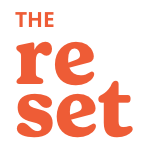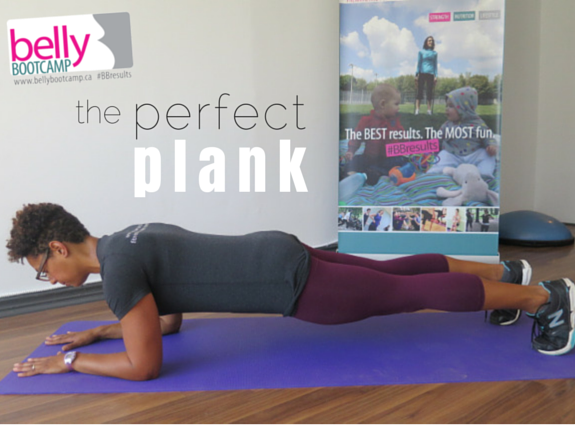
how-to-do-perfect-plank
The plank. It’s everyone’s favourite core exercise, and the base for a hundred variations of torture training, including the ubiquitous push-up (which is a plank PLUS upper body movement). But many people do it terribly wrong. And it might not be the best choice for all mamas… Here’s how and when to add the plank to your core training routine.
The plank is an isometric contraction of multiple muscles in the back, chest, shoulders, legs and, yes, the abs. The plank isproven to challenge your abdominal muscles twice as much as traditional “ab work,” such as crunches and sit-ups, which are not just less effective but hard on the spine and potentially damaging to your midsection during pregnancy and postpartum. Unlike a sit-up or crunch, the plank challenges the deep core muscles which stabilize the spine and pelvis. In real non-plank life, these inner core muscles also stabilize your torso when you move your body, especially when balance, heavy lifting, impact or multi-limb movements are involved. More strength in your core allows you to generate more power from your legs and arms for squats, pushups, punches, kicks, twists, dancing, yoga sun salutations, and whatever floats your exercise boat.
Watch the video: Core training & abdominal separation in pregnancy & postpartum!
Once you can hold a plank for a minute or two, you are ready to move on to more complicated plank variations involving movements of the arms and/or legs. Ignore those “plank-a-day” challenges that have you building up to 5 or even 10 minutes in plank position. A plank, when held properly, should be very challenging after just a minute or two, and super-long planks don’t really have an application in real life. You’re better off making your shorter planks more challenging than you are making your planks longer and longer ad nauseam.
Check out the photos below for a list of DO and DON’T instructions for the perfect plank.
DO
- place your elbows directly under your shoulders
- keep your chin off your chest and your neck neutral, with your shoulder blades squeezed back so the shoulders are far away from the ears
- squeeze your quadriceps (front of the thigh) and glutes (butt)
- exhale through your mouth as you gently lift your pelvic floor & engage your deep abdominal muscles — you should feel your ribcage and hipbones “knit together,” not spread apart
- begin on an incline, such as staircase or counter top, moving to the floor only when you can maintain alignment & breathe through your core
- move down to the knees if you feel you cannot breathe, speak, or keep your core muscles engaged
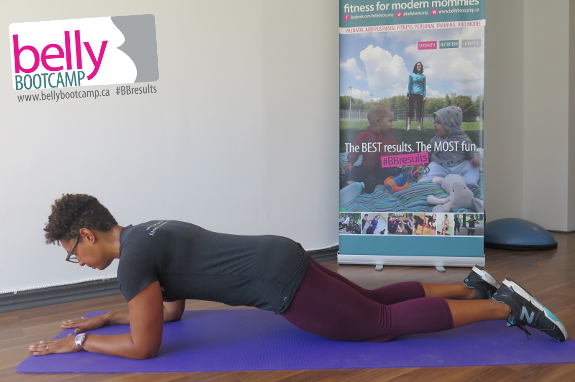
perfect-plank

perfect-knee-plank
DON’T
First and foremost, don’t do the plank in the latter stages of pregnancy (if you’re unsure about your form, or feel any strain, omit front planks from about 20 weeks gestation or the point that your “bump” begins to push past the bony structures of your ribcage & pelvis). Hold off on the front plank in postpartum until you’ve recovered fully, with a healthy pelvic floor and no abdominal separation (diastasis recti) or until you’ve got the “all clear” from a pelvic health physiotherapist.
If you are pregnant or immediately postpartum, try these safe & effective exercises instead!
- push your butt in the air
- drop your chin into your chest
- hunch your shoulders
- arch your low back so your belly and thighs drop toward the floor
- hold your breath
- hold longer than you can keep your body aligned well & your core/pelvic floor muscles engaged.
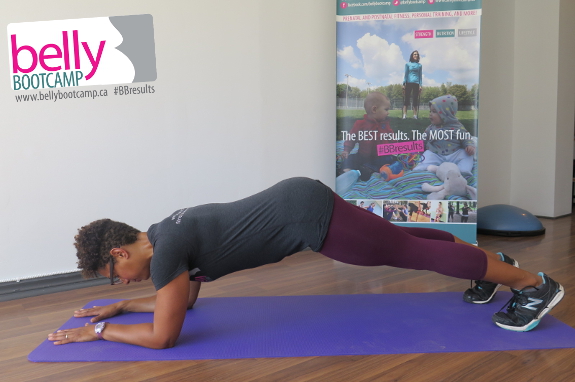
plank-mistake1
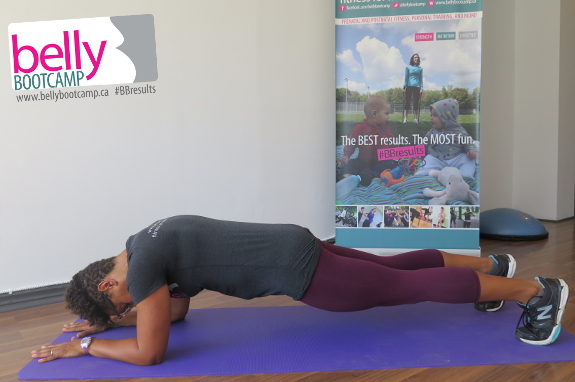
plank-mistake2
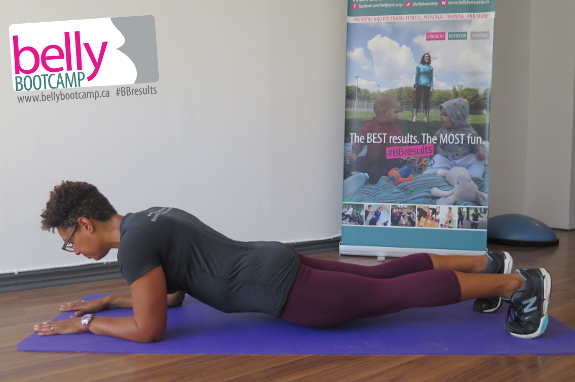
plank-mistake3
Plank: love it? Hate it? Got a favourite plank exercise? Share it below!
